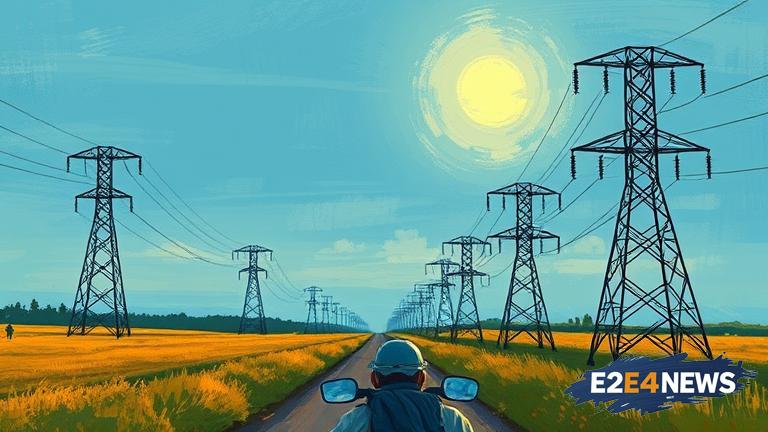The recent surge in energy costs has sparked a heated debate about the factors driving these increases. One often-overlooked aspect is the role of power lines in contributing to the rising expenses. Power lines, which are essential for transmitting electricity from power plants to homes and businesses, are a significant component of the energy infrastructure. However, the cost of maintaining and upgrading these lines is substantial, and these expenses are often passed on to consumers. The increasing demand for electricity, coupled with the need to upgrade aging infrastructure, has led to a significant rise in the cost of power line maintenance. Furthermore, the integration of renewable energy sources into the grid has also added complexity and expense to the power line network. As a result, consumers are facing higher energy bills, which can be a significant burden for low-income households. The issue is further complicated by the fact that power lines are often owned and operated by private companies, which can prioritize profits over consumer affordability. In addition, the lack of transparency in the energy market can make it difficult for consumers to understand the breakdown of their energy costs. To address these concerns, policymakers and regulators are exploring ways to increase efficiency and reduce costs in the energy sector. This includes investing in smart grid technologies and promoting energy efficiency measures. Moreover, there is a growing movement to promote community-owned energy initiatives, which can provide more affordable and sustainable energy options. Despite these efforts, the issue of rising energy costs remains a pressing concern, and it will require a sustained effort from all stakeholders to find a solution. The impact of power lines on energy costs is a complex issue, and it will require a comprehensive approach to address the underlying factors driving these increases. By understanding the role of power lines in the energy infrastructure and promoting transparency and efficiency in the energy market, we can work towards creating a more sustainable and affordable energy system. The conversation around energy costs is ongoing, and it is essential to consider the perspectives of all stakeholders, including consumers, policymakers, and industry leaders. Ultimately, finding a solution to the rising energy costs will require a collaborative effort and a commitment to creating a more equitable and sustainable energy system.
